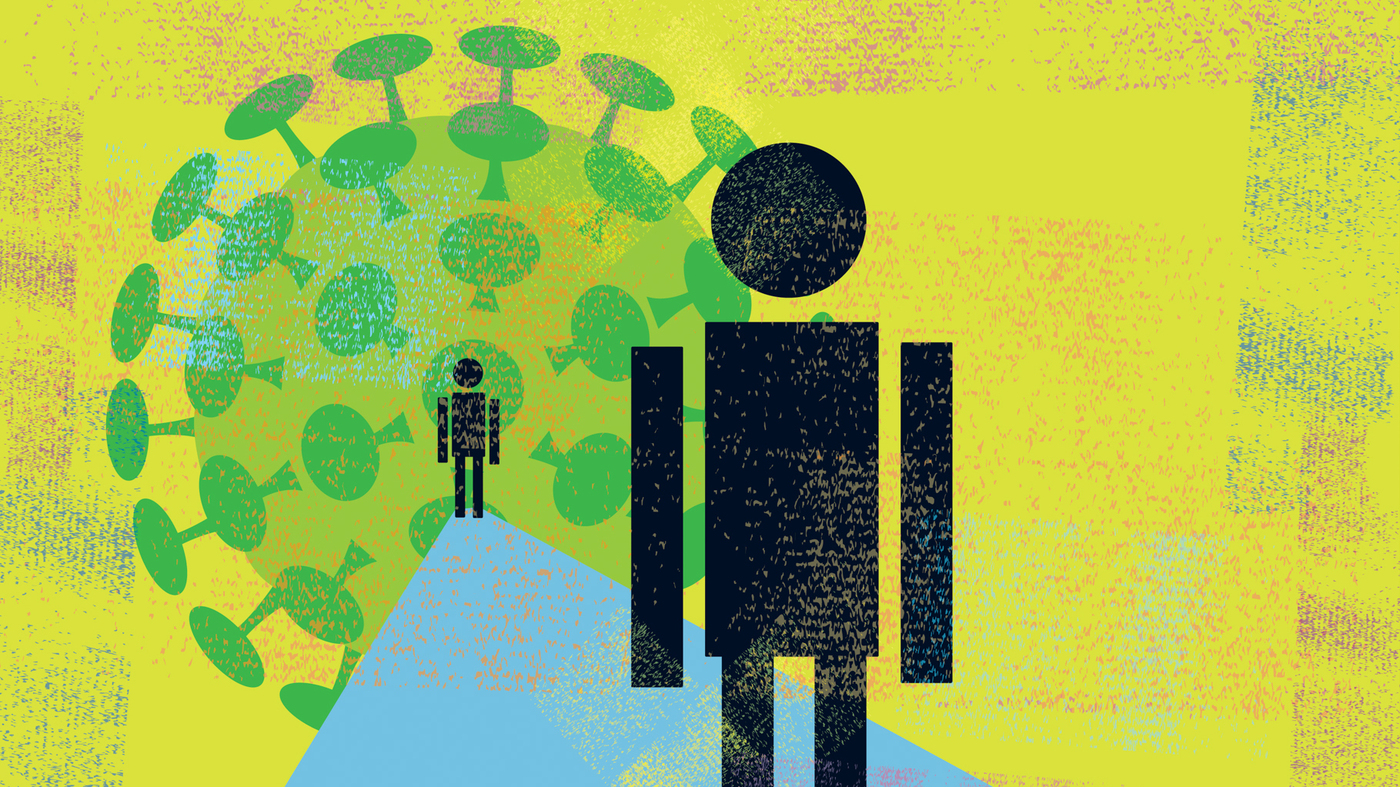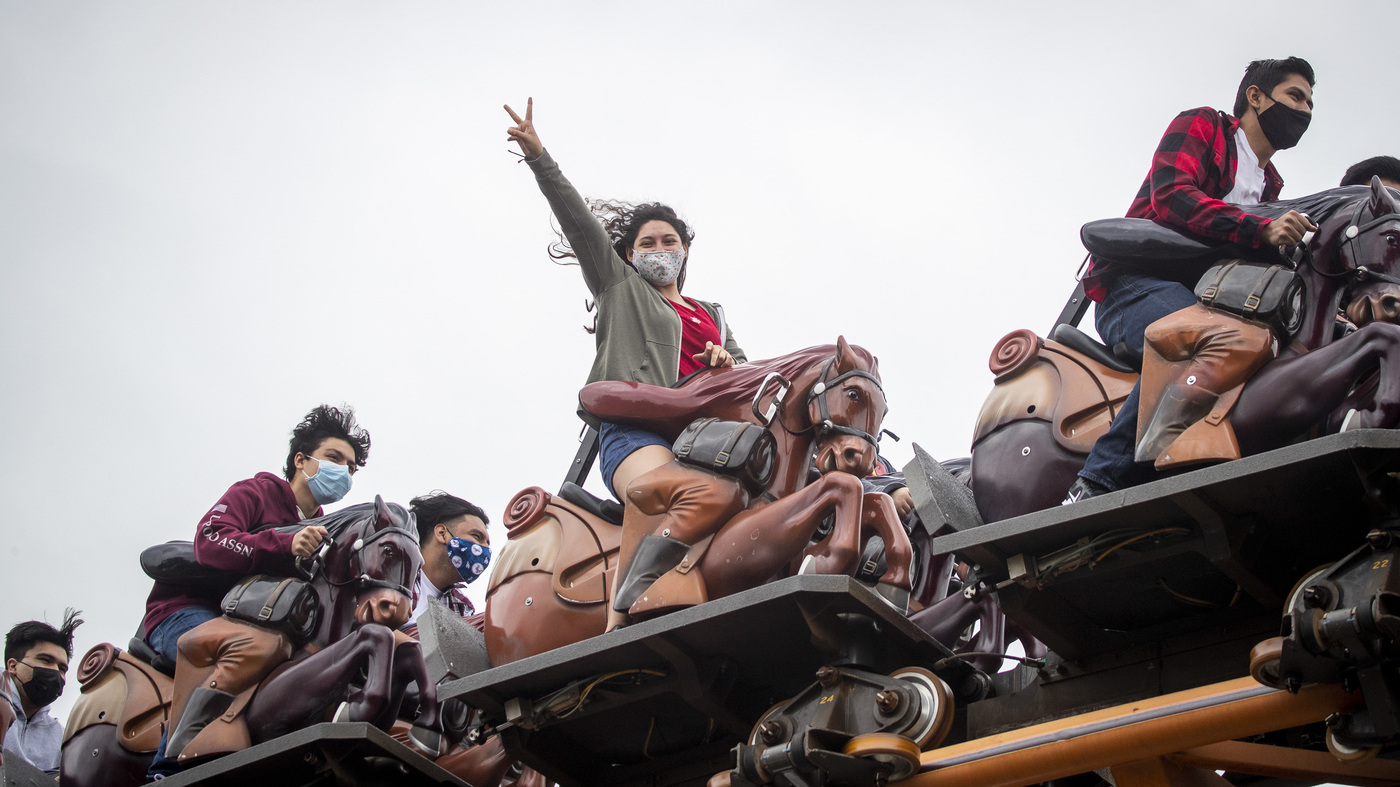

Milepost Media
Sheila M. Eldred
Minneapolis
Award-winning health journalist Sheila Mulrooney Eldred has written for The New York Times, the Washington Post, FiveThirtyEight, Kaiser Health News, STAT News and many other publications. She lives in Minneapolis.
Milepost Media
Sheila M. Eldred
Minneapolis
Award-winning health journalist Sheila Mulrooney Eldred has written for The New York Times, the Washington Post, FiveThirtyEight, Kaiser Health News, STAT News and many other publications. She lives in Minneapolis.











